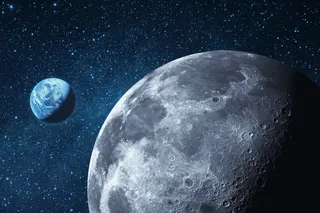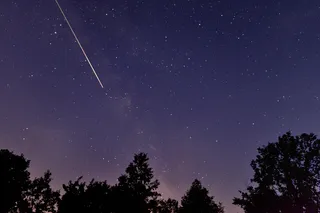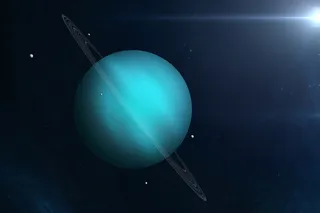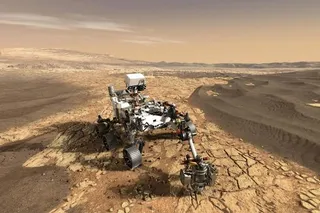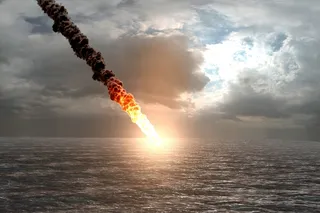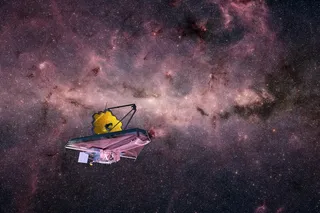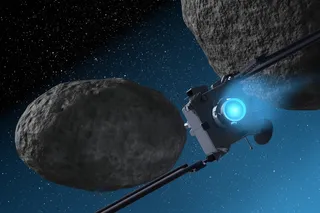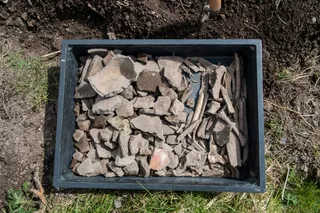In 2005, the Cassini space probe orbiting Saturn surprised astronomers when it detected geysers of water spewing from the icy moon Enceladus. This week, in a University of Colorado study of the geysers spewing from Enceladus, astronomers found the water lacked sodium. They observed it using the 10 meter Keck and 4 meter Anglo Australian ground-based telescopes, and detected very little if any sodium in the geysers. If the plumes originated from an undersurface ocean then they are expected to have sodium in them. Instead, given the unsalty nature of the geysers, they surmise there may be pockets of liquid water under the surface which evaporates into space, or it could be from crustal plates of surface ice rubbing against each other.
[rewind noises] In 2005, the Cassini space probe orbiting Saturn surprised astronomers when it detected geysers of water spewing from the icy moon Enceladus. This week, in a ...


